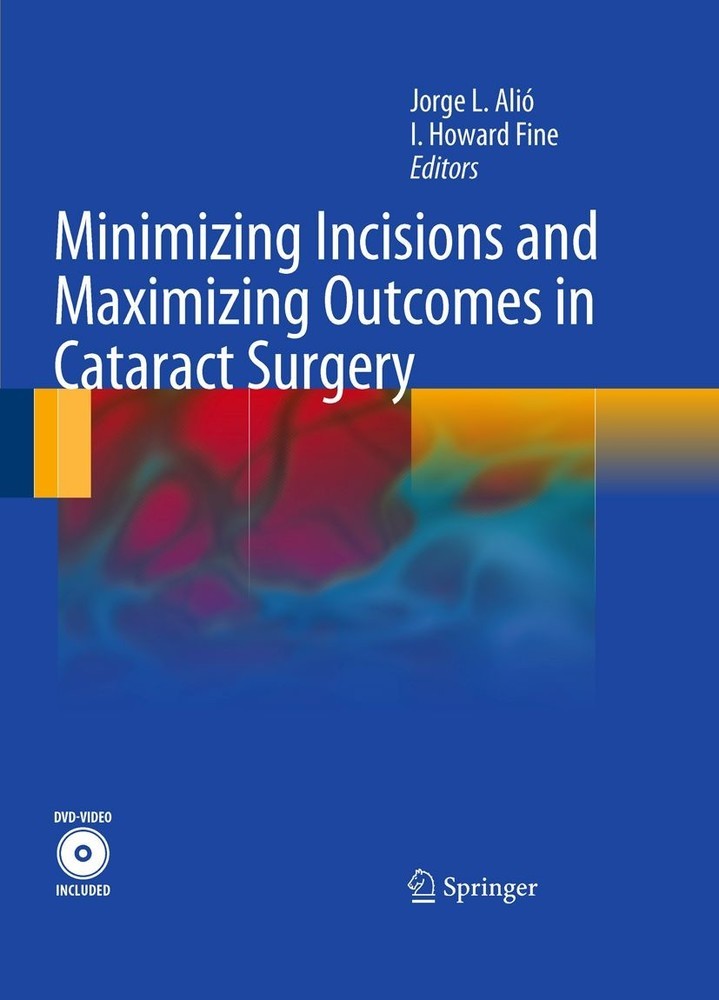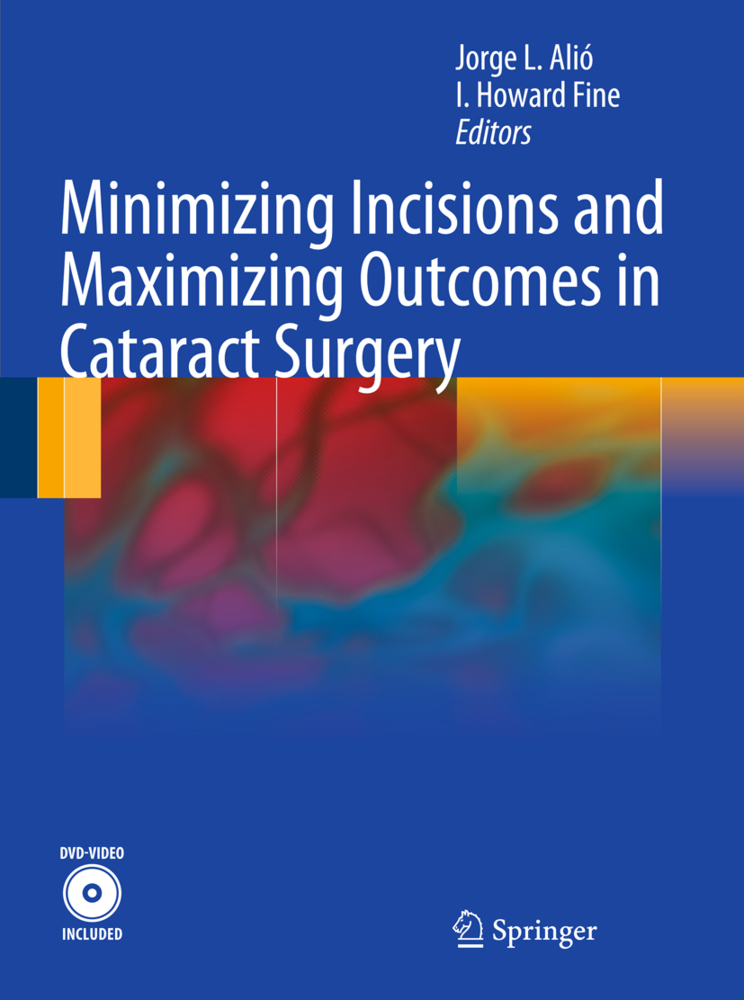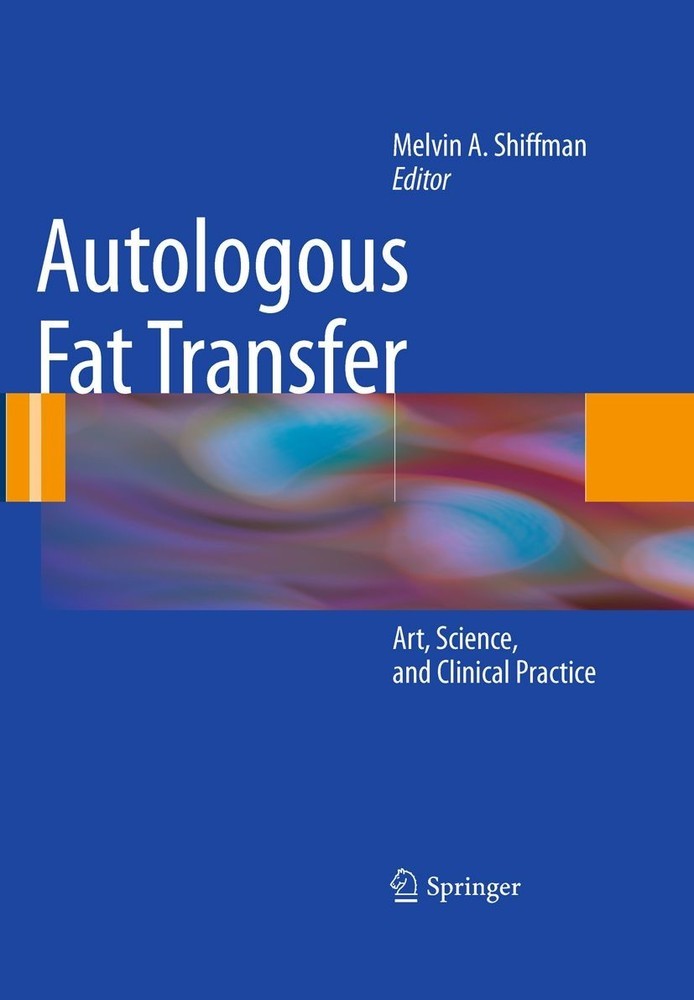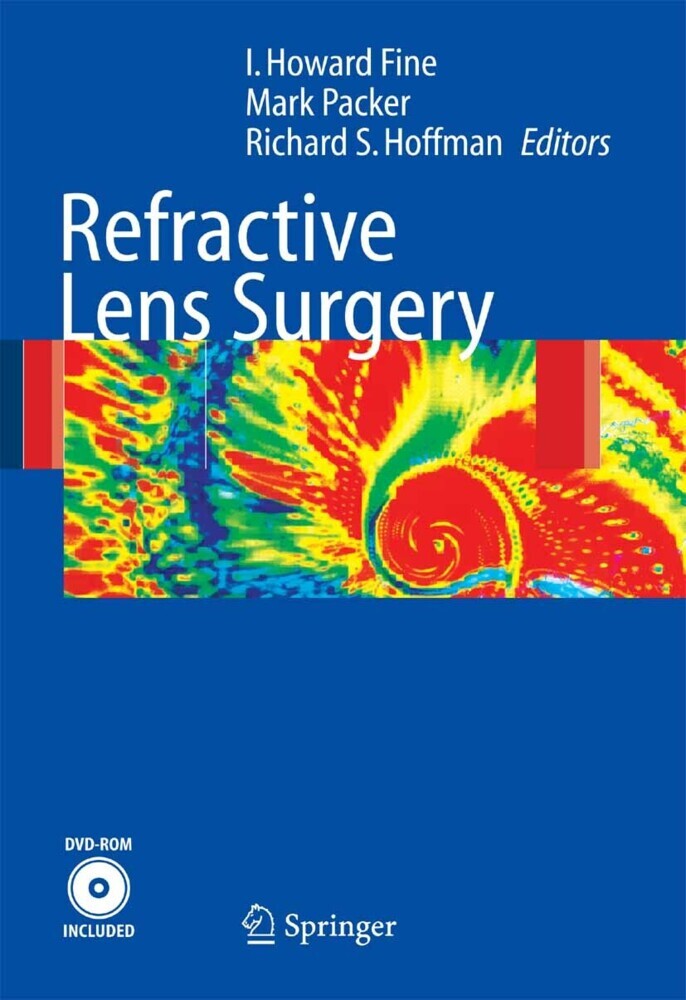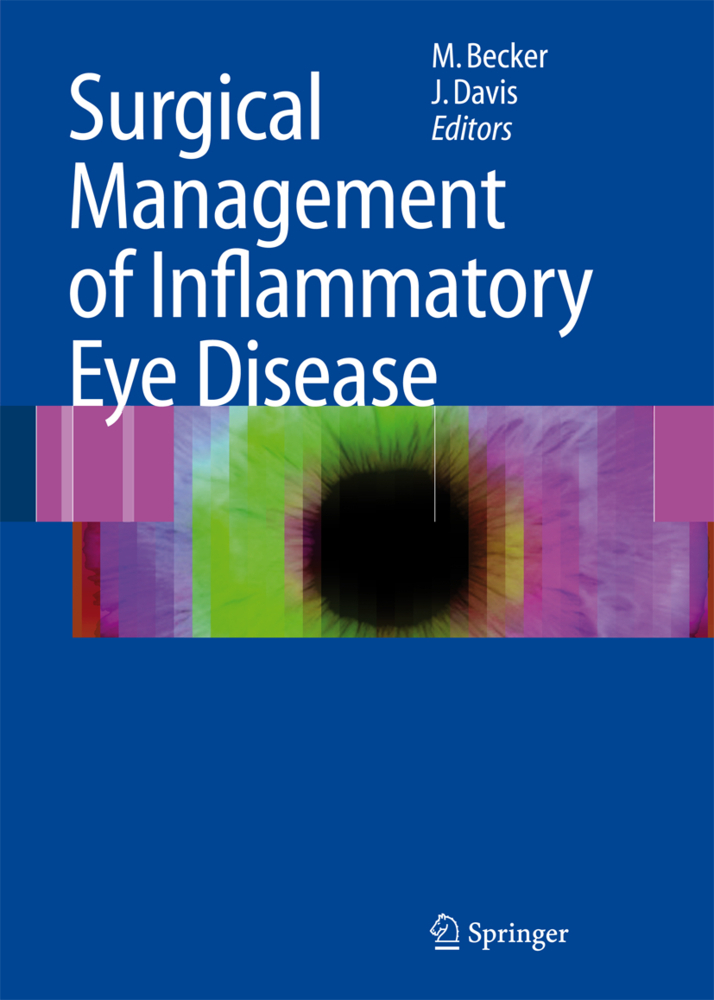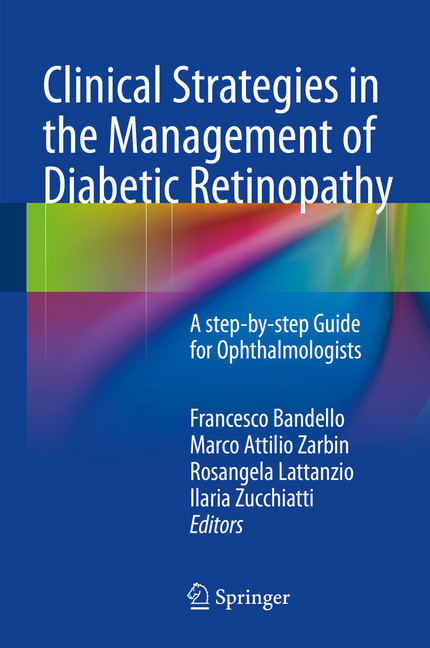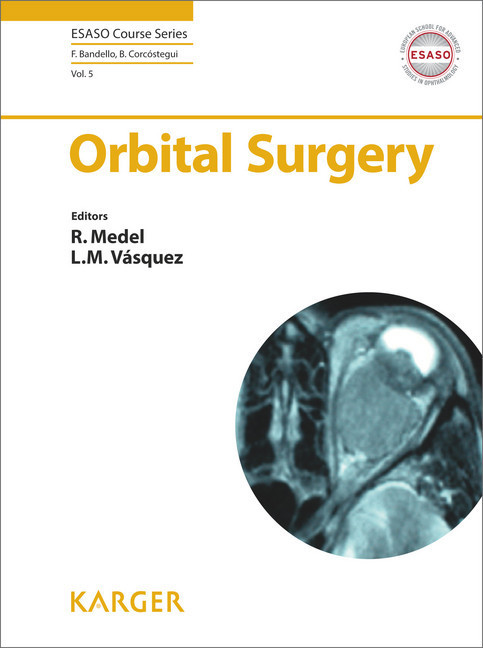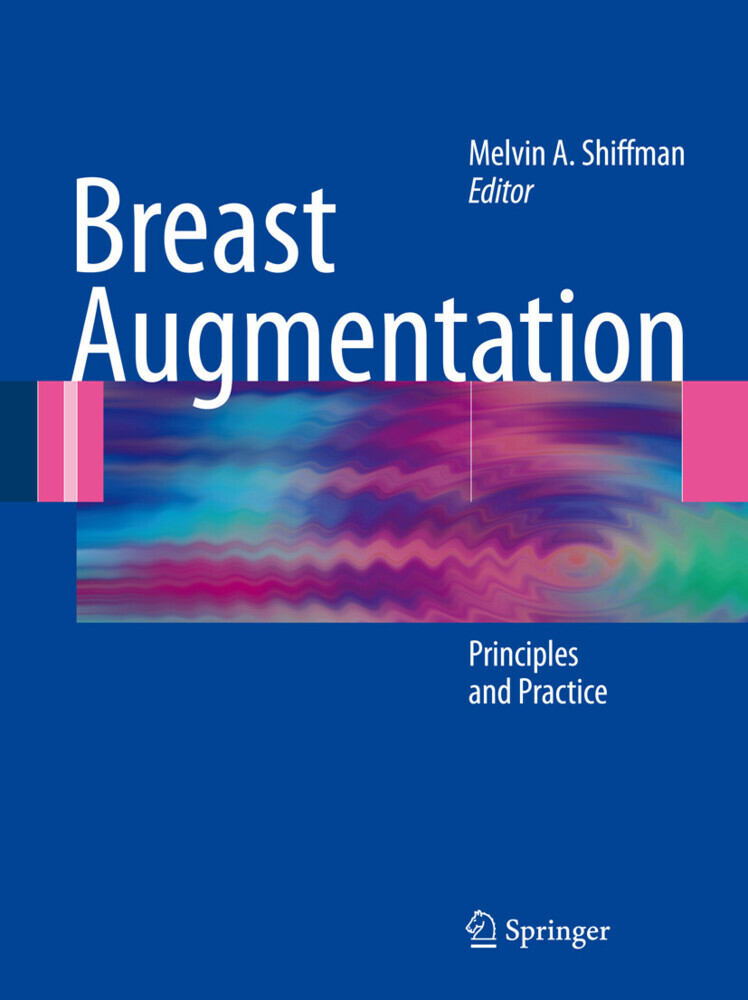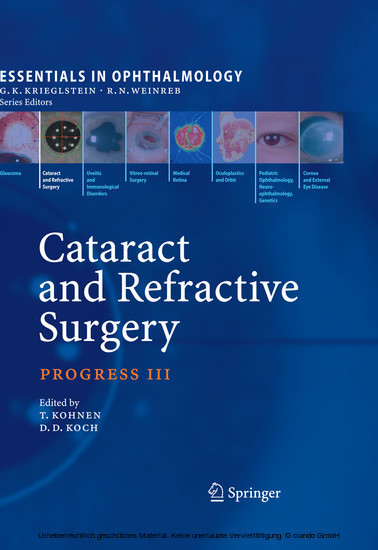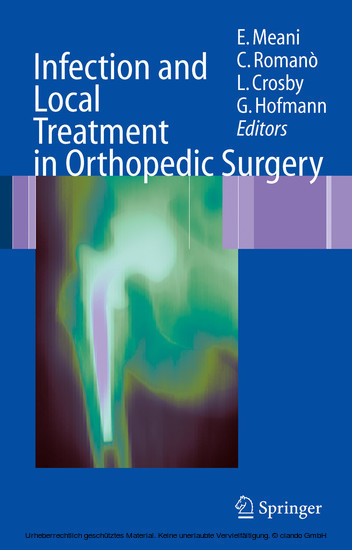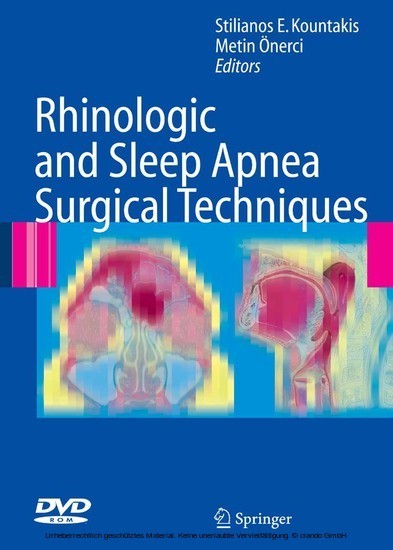Minimizing Incisions and Maximizing Outcomes in Cataract Surgery
Minimizing Incisions and Maximizing Outcomes in Cataract Surgery
Many ophthalmologists are in the transition from the traditional cataract surgery technique to the new minimally incision cataract surgery (MICS) technique. They are in the need of updated information on how to make this transition smoothly. In this book, world-renowned opinion leaders present up-to-date information on the new and fast-developing trends in cataract surgery. It reflects the state of the art of microincisional cataract surgery with the concept of minimizing incision. It offers all necessary information on the new technology as well as on the surgical technique. Further, it demonstrates how to handle difficult cataract cases as well as new intraocular lenses.
1;Preface;6 2;Contents;8 3;Contributors;11 4;Chapter 1;14 4.1;Introduction;14 4.1.1;Literature Review;14 4.1.2;Major Issues;14 4.1.3;Major Studies;14 4.1.4;Negative Studies;16 4.1.5;References;16 5;Chapter 2;18 5.1;The Transition Towards Smaller and Smaller Incisions;18 5.1.1;1.1 Micro-Coaxial Phacoemulsifi cation with Torsional Ultrasound;18 5.1.1.1;1.1.1 Introduction;18 5.1.1.2;1.1.2 Micro-Coaxial Phacoemulsification;18 5.1.1.3;1.1.3 Torsional Ultrasound;19 5.1.1.4;1.1.4 Our Procedure for Emulsifying the Nucleus;21 5.1.1.5;1.1.5 Combining Micro-Coaxial Phacoemulsification with Torsional Ultrasound;22 5.1.1.6;References;23 6;Chapter 3;24 6.1;1.2 Transitioning to Bimanual MICS;24 6.1.1;1.2.1 Introduction;24 6.1.2;1.2.2 Technique;25 6.1.3;1.2.3 Summary;26 7;Chapter 4;27 7.1;1.3 0.7 mm Microincision Cataract Surgery;27 7.1.1;1.3.1 Sub 1 mm MICS: Why?;27 7.1.2;1.3.2 Potential Drawbacks of a Sub-1 m Incision;28 7.1.3;1.3.3 Instrumentation;30 7.1.3.1;1.3.3.1 Phaco Tip (0.7 mm);30 7.1.3.2;1.3.3.2 0.7 mm Irrigating Instruments;31 7.1.4;1.3.4 Surgery;32 7.1.4.1;1.3.4.1 Incision;32 7.1.4.2;1.3.4.2 Capsulorhexis;32 7.1.4.3;1.3.4.3 Hydrodissection;32 7.1.4.4;1.3.4.4 Prechopping;32 7.1.4.5;1.3.4.5 Phacoemulsification;33 7.1.5;1.3.5 0.7 mm MICS Combined Procedures;34 7.1.5.1;1.3.5.1 0.7 mm MICS and Glaucoma Surgery;34 7.1.5.2;1.3.5.2 0.7 mm MICS and 25-GaugeTransconjunctival SuturelessVitrectomy;35 7.1.6;1.3.6 Summary;36 7.1.7;References;36 8;Chapter 5;38 8.1;MICS Instrumentation;38 8.1.1;2.1 MICS Instrument Choice: The First Step in the Transition;38 8.1.2;2.2 MICS Incision;40 8.1.3;2.3 MICS Capsulorhexis;41 8.1.4;2.4 MICS Prechopping;43 8.1.5;2.5 MICS Irrigation/Aspiration Instruments;44 8.1.5.1;2.5.1 19 G Instruments;44 8.1.5.2;2.5.2 21 G Instruments;46 8.1.6;2.6 MICS Auxiliary Instrument;47 8.1.6.1;2.6.1 Scissors;47 8.1.6.2;2.6.2 Gas Forced Infusion;47 8.1.6.3;2.6.3 Surge Prevention;48 8.1.7;2.7 New MICS Instruments;48 8.1.7.1;2.7.1 Flat Instruments;48 8.1.8;References;49 9;Chapter 6;50 9.1;Evolution of Ultrasound Pumps and Fluidics and Ultrasound Power: From Standard Coaxial Towards the Minimal Incision Possible in Cataract Surgery;50 9.1.1;3.1 Introduction;50 9.1.2;3.2 Power Generation;50 9.1.2.1;3.3.1 Tuning;50 9.1.2.2;3.2.2 Phaco Energy;51 9.1.2.2.1;3.2.2.1 Low Frequency Energy;51 9.1.2.2.2;3.2.2.2 High Frequency Energy;51 9.1.2.3;3.2.3 Transient Cavitation;51 9.1.2.4;3.2.4 Sustained Cavitation;52 9.1.3;3.3 Modifi cation of Phaco Power;53 9.1.3.1;3.3.1 Alteration of Stroke Length;53 9.1.3.2;3.3.2 Alteration of Duration;53 9.1.3.2.1;3.3.2.1 Burst Mode;53 9.1.3.2.2;3.3.2.2 Pulse Mode;53 9.1.3.2.2.1;Micro Pulse (Hyper-Pulse);53 9.1.3.2.2.2;Pulse Shaping;54 9.1.3.3;3.3.3 Alteration of Emission;54 9.1.4;3.4 Fluidics;55 9.1.5;3.5 Vacuum Sources;56 9.1.6;3.6 Surge;57 9.1.6.1;3.6.1 Non-Longitudinal Phaco: Modification of Fluid Control by Power Modulations;58 9.1.6.2;3.6.2 Partial-Occlusion Phacoemulsification;59 9.1.7;3.7 Phacoemulsifi cation Technique and Machine Technology;60 9.1.7.1;3.7.1 Micro-incisional Phaco;60 9.1.7.2;3.7.2 Bimanual Micro-Incisional Phaco;60 9.1.7.3;3.7.3 Micro-Incisional Coaxial Phaco;60 9.1.7.3.1;3.7.3.1 Irrigation and Aspiration;61 9.1.8;3.8 Conclusion;61 9.1.9;Reference;61 9.1.10;Further Reading;62 10;Chapter 7;63 10.1;Coaxial Microincision Cataract Surgery Utilizing Non-Linear Ultrasonic Power: An Alternative to Bimanual Microincision Cataract Surgery;63 10.1.1;4.1 Introduction;63 10.1.2;4.2 The Fluidics of Coaxial Microincisional Phacoemulsification;64 10.1.3;4.3 Incision Size;66 10.1.4;4.4 Torsional Ultrasound;67 10.1.5;4.5 Conclusion;68 10.1.6;References;68 11;Chapter 8;69 11.1;Technology Available;69 11.1.1;5.1 How to Better Use Fluidics with MICS;69 11.1.1.1;5.1.1 Physical Considerations;69 11.1.1.1.1;5.1.1.1 Aspiration Effi ciency;69 11.1.1.1.2;5.1.1.2 Chamber Stability;70 11.1.1.1.3;5.1.1.3 Holdability;71 11.1.1.2;5.1.2 Surgical Considerations;74 11.1.1.2.1;5.1.2.1 Incision Configuration;74 11.1.1.2.2;5.
Alió y Sanz, Jorge L.
Fine I, Howard
| ISBN | 9783642028625 |
|---|---|
| Artikelnummer | 9783642028625 |
| Medientyp | E-Book - PDF |
| Auflage | 2. Aufl. |
| Copyrightjahr | 2010 |
| Verlag | Springer-Verlag |
| Umfang | 319 Seiten |
| Sprache | Englisch |
| Kopierschutz | Digitales Wasserzeichen |

